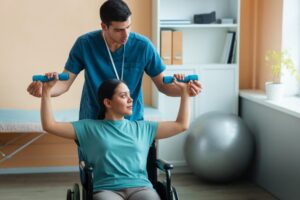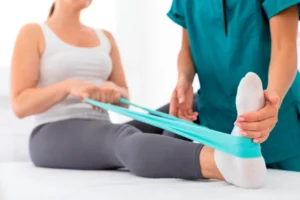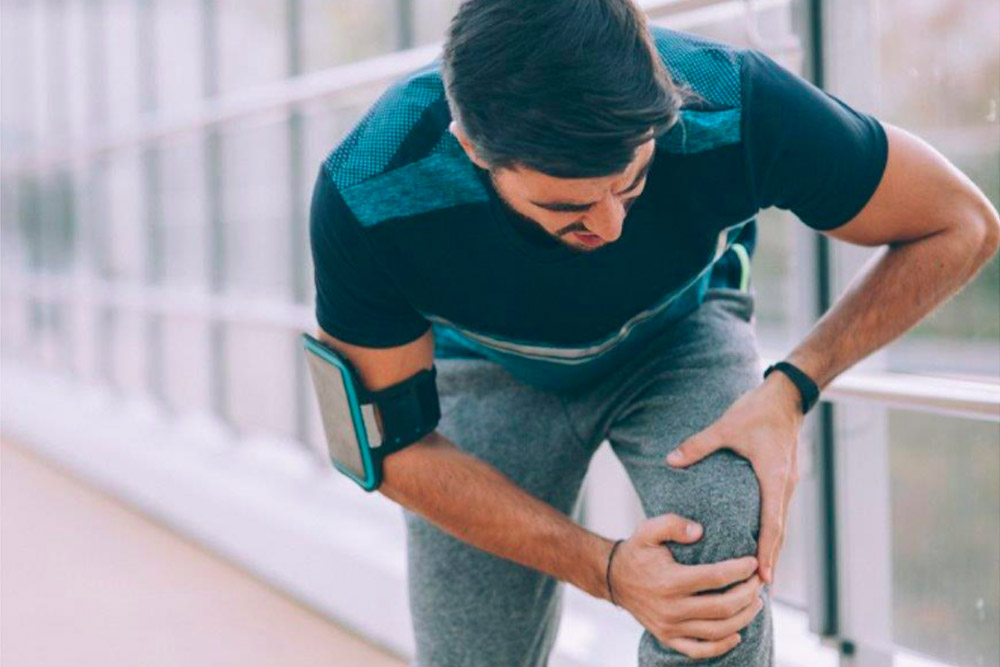
The knee is a major joint in the body which helps in weight-bearing activities. Knee pain is one of the most common complaints that affects people of all ages. A knee pain may result in functional limitations like difficulty in walking, rising from a sitting position, or ascending and descending the stairs.
Knee pain may occur due to the following reasons:
- Degenerative joint disease ( osteoarthritis)
- Age-related issues, like osteoporosis
- Injury or an accident
- Sports related injury
- Repetitive trauma and strain
- Dislocation & fracture
- Underlying infection
Any form of trauma or injury to the knee can significantly affect the bones, ligaments, tendons and synovial fluid that make up the structure of the knee joint. As a result, one might experience moderate to extreme pain in the area and require immediate medical attention to ascertain the cause as well as the course of treatment for healing and recovery purposes.
Knee injuries can range from fractures to a torn meniscus (ligament that gets torn as a result of injury or overuse) and from knee bursitis (inflammation of the bursa) to patellar tendonitis (injury caused when the tendon is overstressed).
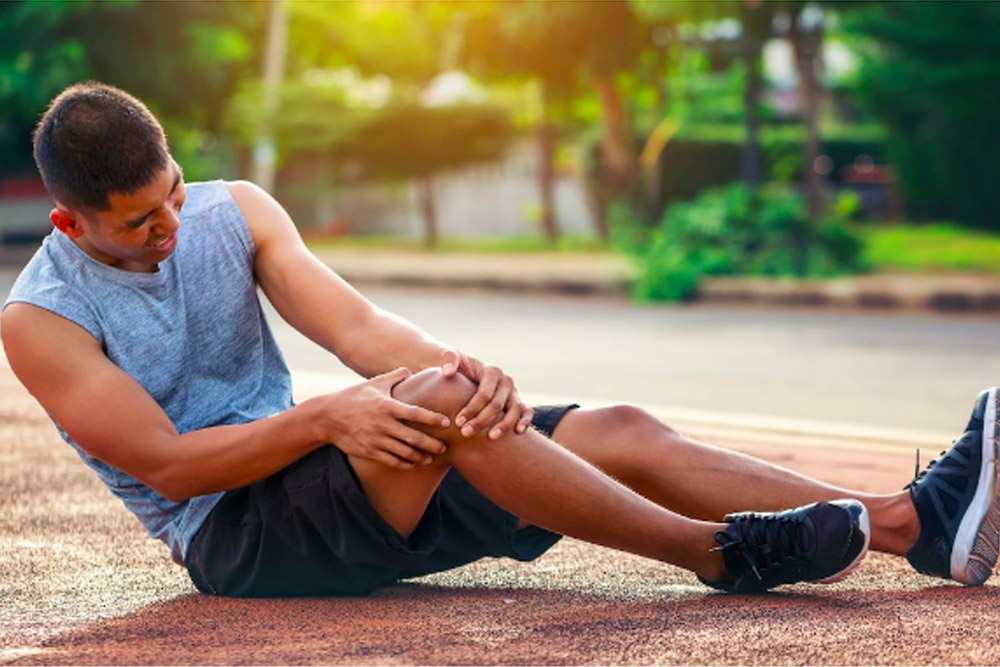
Knee pain can be broadly categorised into the following types:
- Acute pain: severe pain and occurs within the 1st seven days after an injury. This kind of pain usually occurs due to external factors like twisting, strain due to overexertion of the muscles and ruptured or torn muscle tendons/ ligaments etc
- Sub-acute pain: this occurs between 2-6 weeks after an injury. This pain occurs due to overuse or sudden increase of strenuous activity.
- Chronic knee pain: such a pain lasts beyond 8 weeks. Such a pain stems from degeneration or inflammation of the joint. The pain in such cases can worsen with prolonged posture like crossed leg sitting.
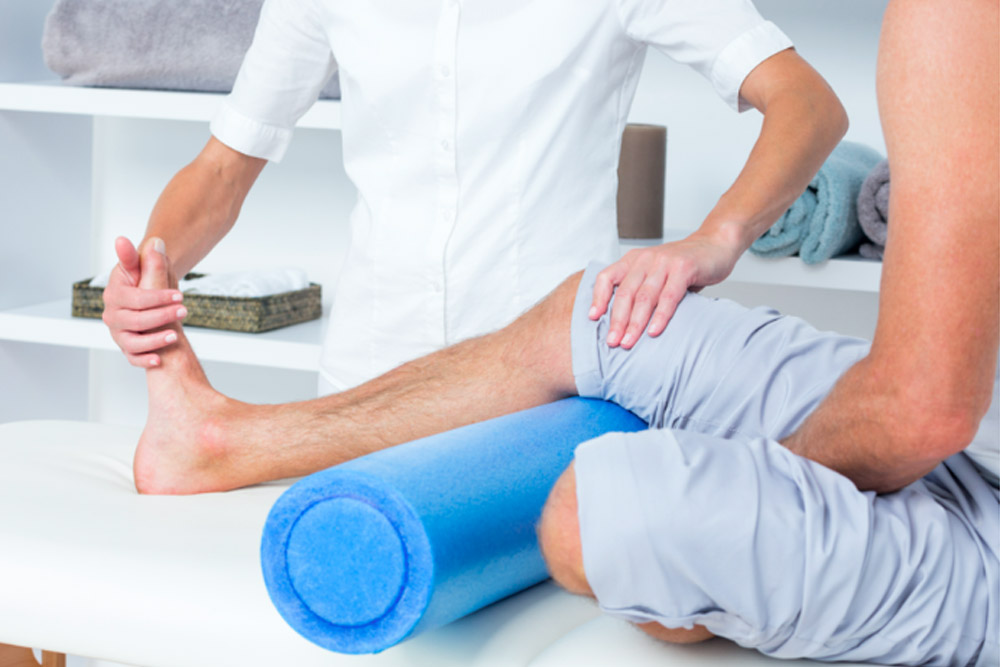
Physical therapy in case of knee pain involves a thorough evaluation and assessment of your entire lower extremity. The treatment is focused towards decreasing your knee pain and improving your overall function of mobility and weight bearing.
What to expect from physical therapy for knee pain?
The physical therapist would evaluate the patient, gather relevant information related to the history of the knee pain, about the aggravating and relieving factors, and about any other medical history for the correct diagnosis. Post which he/she would prepare a course of treatment keeping the health and pain conditions of the latter in mind for optimum management.
The examination may include, but not limited to the following:
- Gait evaluation: Proper assessment of how you walk. Physical therapists have a trained eye to notice small changes in the motion around the knee and how it function with respect to pelvis, hip and ankle while the patient is walking.
- Palpation: to assess if the area of the knee joint is painful to touch and using hands to feel for abnormalities of the various structures around the knee.
- Range of motion measurements: this shows how much/far the knee is bending or straightening.
- Strength measurements: To assess the muscular strength around the and to evaluate any muscular weakness or imbalance which could be causing the knee pain.
- Assessment of your balance: excessive stress and strain may impair your balance causing knee pain.
- Swelling: to determine the course of treatment the physical therapist may check on the swelling present in the knee joint specially after an injury or trauma.
- Special tests: some specific physical tests may be performed around the lower extremity to ascertain the cause (muscle, tendon, ligament or bursa) of the knee pain.
Physical therapy for knee pain is effective and mostly can also eliminate the need for surgeries. It is very important for the patient to be actively involved in the program and follow the regime for best outcome. Basis the assessment of the therapist, a treatment plan is designed by the therapist which can include exercises, acute care plan, precautions, mobilisations, support etc The patient may also be required to perform certain exercises at home.
The physical therapist may recommend some of the exercises to help in knee pain which may include:
- Quad sets and straight leg raises
- Short arc quads
- Exercises to strengthen the muscles around the hips as any gluts weakness can cause knee pain
- Lower extremity stretches
- Core exercises
- Balancing exercises
Apart from exercises patient education & counselling is essential as the focus of the physical therapist remains on restoring optimal functional mobility of the knee.
VARDĀN is a Times Group wellness initiative in collaboration with the Institute of Physical Art, USA that introduces world-class Functional Manual Therapy®️ (FMT™ ) to India.
Functional Manual Therapy®️ (FMT™ ) @ VARDĀN is a system of physical therapy which offers highly skilled hands-on treatment for orthopaedic, neurological, and sports related dysfunctions from a whole-body perspective and optimum potential goal.
Functional Manual Therapy®️ (FMT™ ) is different from regular physical therapy as it combines mobility treatment along with neuromuscular facilitation which enables activation of the right muscles required to provide proper strength and endurance as required. It also enhances motor control to facilitate proper coordination necessary for posture and mobility.
To know more about (FMTTM ) call us at :+91 011 43580720-22 or visit vardan.in or write to us on: vardan@timesgroup.com

